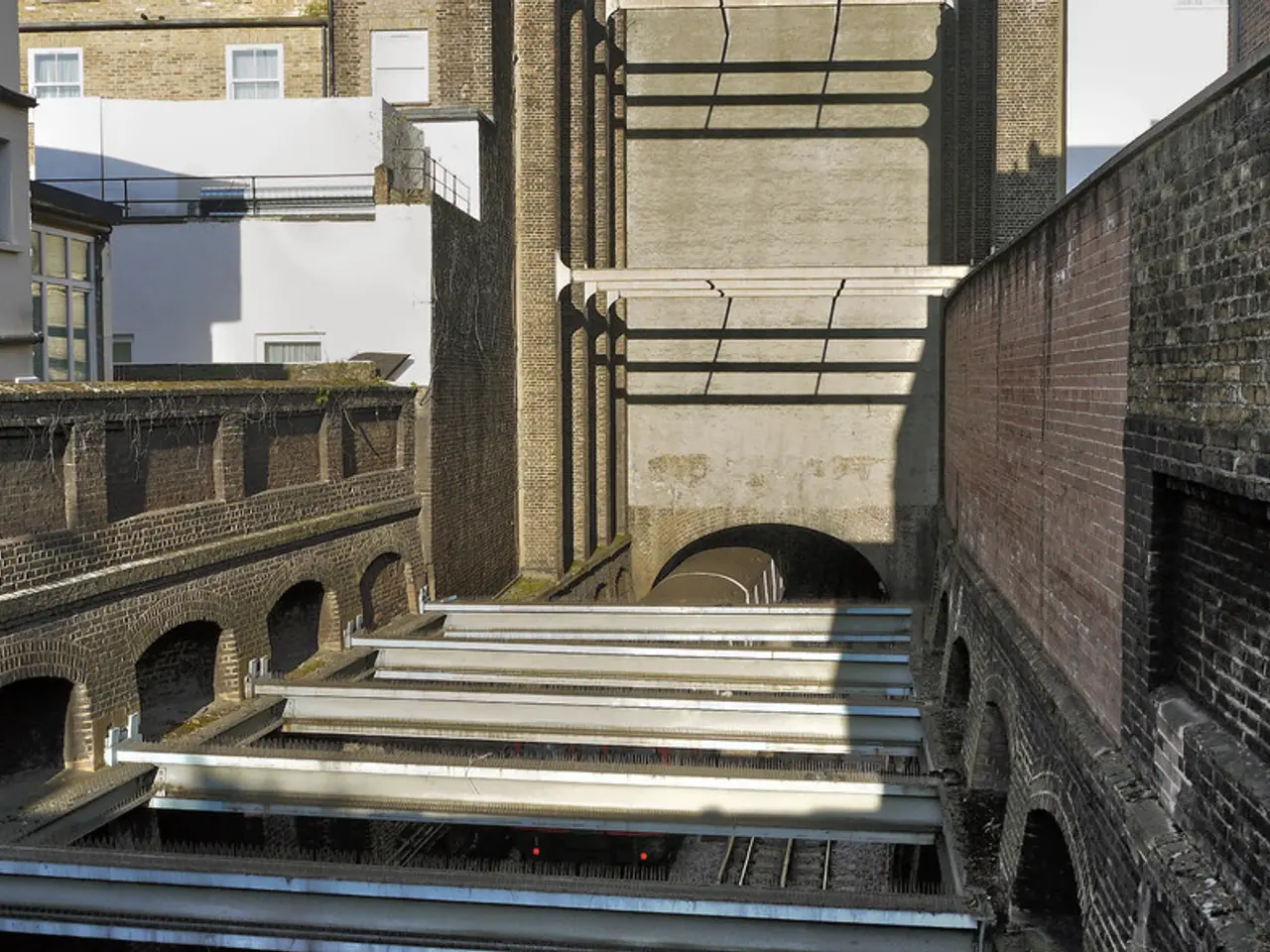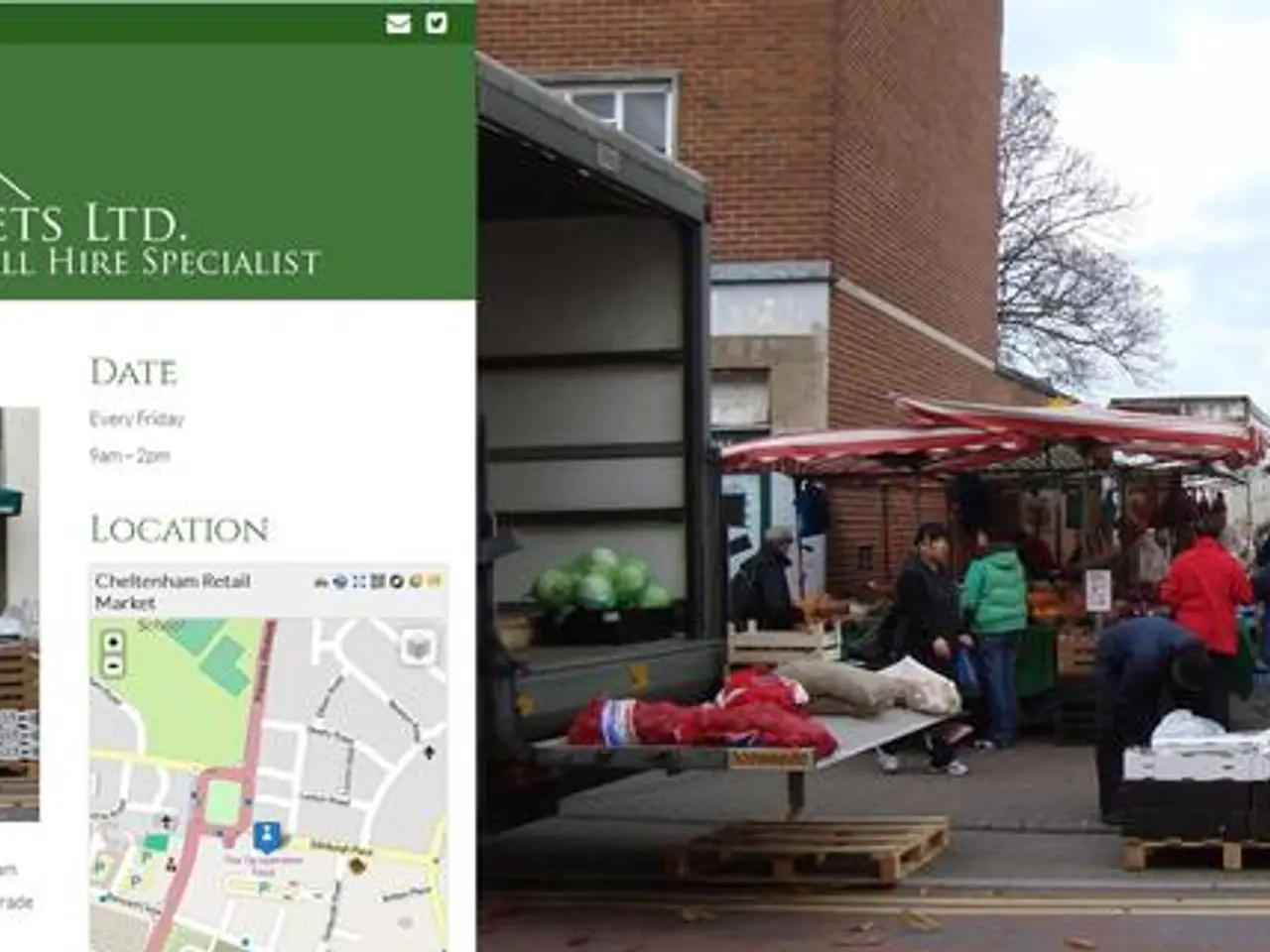Nuclears transit from Garching edges nearer - Discussion unfolds over uranium shipments - Efforts have been made by the Commission to safeguard the Community's nuclear safety, ensuring proper precautions are in place.
In the heart of Garching, on the campus of the Technical University of Munich (TUM), lies the FRM II research reactor, a crucial tool for various scientific research projects, including materials science and neutron scattering studies. Operational since 2004, FRM II succeeded the iconic FRM I, also known as the "atomic egg," which was in operation from 1957 until 2000.
Despite ongoing controversies regarding the use of highly enriched uranium in FRM II, the reactor remains a vital part of TUM's nuclear research. As of mid-2025, FRM II continues to operate, with advancements such as the integration of industrial robotic arms for loading samples and the resumption of radiation protection monitoring.
However, the issue of nuclear waste management has been a point of contention. Plans are underway to transport over 190 nuclear waste containers, including those from FRM II, to an interim storage facility in Ahaus, Münsterland. This is part of Germany's broader strategy to safely manage radioactive waste from research reactors nationwide.
The transportation of nuclear waste from Garching to Ahaus highlights the challenges and logistical steps involved in safely handling such waste. Ahaus serves as a key interim storage site for fuel elements from various research reactors in Germany, with this arrangement contractually agreed for FRM II since the year 2000.
Environmental activists have expressed concerns about the transportation and storage of nuclear waste, claiming that the waste still contains over 87% highly enriched uranium, which could potentially be misused for nuclear weapons. However, the operators of FRM II dispute this, stating that the uranium cannot be misused without separation processes and that special reprocessing facilities would be needed for this.
Despite the ongoing preparations for the transportation of nuclear waste, no set date has been announced yet. The Federal Office for Nuclear Waste Disposal (BASE) has announced that permits for nuclear waste transports from FRM II to Ahaus are imminent, with potential transports possible from the fourth quarter of this year.
Meanwhile, work is underway on a fuel with uranium enriched to less than 20 percent, but it is not expected to be ready for use until the early 2030s. Until then, if FRM II restarts, it will initially continue to use highly enriched uranium.
The future of FRM II is not without challenges, but it remains a beacon of research and innovation in Europe, praised for its importance in various fields, including medicine and industry. The cooling pool in Garching is almost full, leaving only two of 50 spaces, which would be enough for operation for about a year.
As the debate around nuclear waste management and the safety of research reactors like FRM II continues, one thing is clear: the focus remains on maintaining safety, advancing research capabilities, and effective waste disposal logistics.
- In light of the ongoing talks about community policy and environmental-science, the transportation of nuclear waste from Garching to Ahaus, set to begin in the fourth quarter of this year, will be a significant testament to Germany's employment policy in addressing the logistics of handling radiation waste safely.
- With the medical-industry consistently relying on advancements from research reactors like FRM II, the scientific community is closely monitoring the developments in finance policies to ensure sustainable funding for projects that can potentially revolutionize various medical-conditions.
- As part of the broader initiative to implement strict emission standards across industries, the transportation of nuclear waste is being closely monitored by regulatory bodies to minimize environmental impacts and adhere to transportation policies, ensuring the safety of both the public and workers in the industry.




